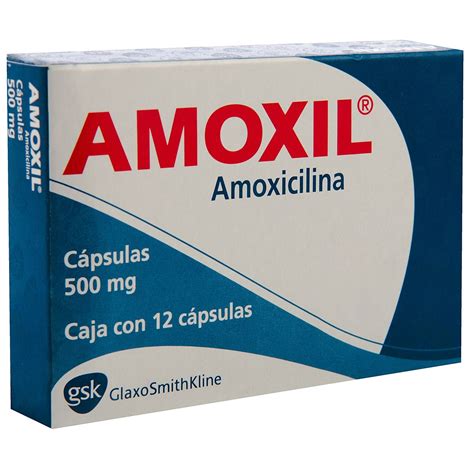Intro
Discover Amoxil 500mg side effects, interactions, and warnings. Learn about antibiotic resistance, dosage, and allergic reactions to this penicillin-based medication, and understand potential gastrointestinal and neurological impacts.
The importance of understanding the side effects of medications cannot be overstated, particularly when it comes to antibiotics like Amoxil 500mg. Amoxil, also known by its generic name amoxicillin, is a widely prescribed antibiotic used to treat a variety of bacterial infections. Its effectiveness in combating infections has made it a staple in many healthcare settings. However, like all medications, Amoxil 500mg can cause side effects, some of which can be severe. It's crucial for patients to be aware of these potential side effects to ensure safe and effective treatment.
Understanding the side effects of Amoxil 500mg is not just about recognizing the adverse reactions but also about appreciating the broader context of antibiotic use. The rise of antibiotic resistance has become a significant public health concern, making the appropriate use of antibiotics like Amoxil crucial. By being informed about the potential side effects and the proper use of Amoxil, patients can play a vital role in ensuring that these medications remain effective for future generations.
The decision to take Amoxil 500mg or any other medication should be made with a thorough understanding of its benefits and risks. While the medication can provide relief from bacterial infections, it's essential to consider the potential for side effects. These can range from mild and temporary to severe and long-lasting. Patients should work closely with their healthcare providers to weigh the potential benefits against the risks and to monitor for any adverse reactions during treatment.
Introduction to Amoxil 500mg

Common Side Effects of Amoxil 500mg

Less Common but Serious Side Effects
While less common, there are more serious side effects associated with Amoxil 500mg that require immediate medical attention. These include: - Severe allergic reactions (anaphylaxis), which can be life-threatening - Stevens-Johnson syndrome, a rare but serious disorder of the skin and mucous membranes - Clostridioides difficile (C. diff) infection, which can cause severe diarrhea and colitis - Liver dysfunction - Interstitial nephritis, a form of kidney inflammationWorking Mechanism of Amoxil 500mg

Steps to Minimize Side Effects
To minimize the risk of side effects when taking Amoxil 500mg, patients should: - Take the medication exactly as prescribed by their healthcare provider - Complete the full course of treatment, even if symptoms improve before finishing the medication - Inform their healthcare provider about any other medications they are taking, including over-the-counter drugs and supplements - Report any side effects to their healthcare provider promptlyBenefits of Amoxil 500mg

Practical Examples and Statistical Data
Studies have shown that Amoxil 500mg is highly effective in treating bacterial infections. For example, in the treatment of community-acquired pneumonia, amoxicillin has been found to have a high success rate, with over 80% of patients showing significant improvement. Furthermore, the incidence of side effects with Amoxil 500mg is generally lower compared to other antibiotics, making it a preferred choice for many healthcare providers.Conclusion and Future Directions

Final Thoughts
The journey to understanding and managing the side effects of Amoxil 500mg is ongoing. As medical science continues to evolve, so too will our understanding of how to minimize the risks associated with antibiotic use. By staying informed and working closely with healthcare providers, patients can ensure that they receive the most effective treatment for their bacterial infections while minimizing the risk of adverse reactions.What is Amoxil 500mg used for?
+Amoxil 500mg is used to treat a variety of bacterial infections, including pneumonia, bronchitis, and infections of the ear, nose, throat, skin, and urinary tract.
What are the common side effects of Amoxil 500mg?
+Common side effects include diarrhea, nausea, vomiting, abdominal pain, rash, and urticaria (hives). These side effects are usually mild and temporary.
How can I minimize the risk of side effects when taking Amoxil 500mg?
+To minimize side effects, take the medication exactly as prescribed, complete the full course of treatment, inform your healthcare provider about any other medications you are taking, and report any side effects promptly.
We invite you to share your thoughts and experiences with Amoxil 500mg in the comments below. If you found this article informative, please consider sharing it with others who may benefit from this information. Your engagement and feedback are invaluable in helping us provide the most relevant and helpful content.
